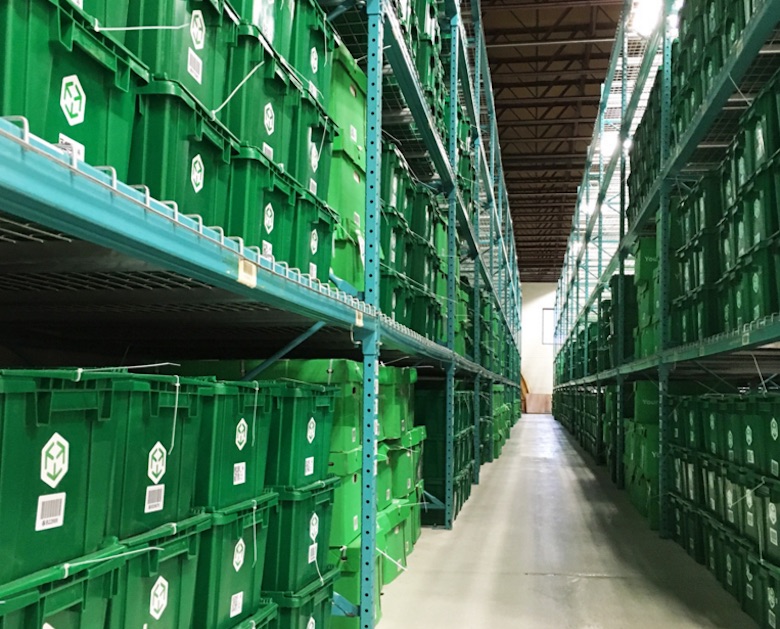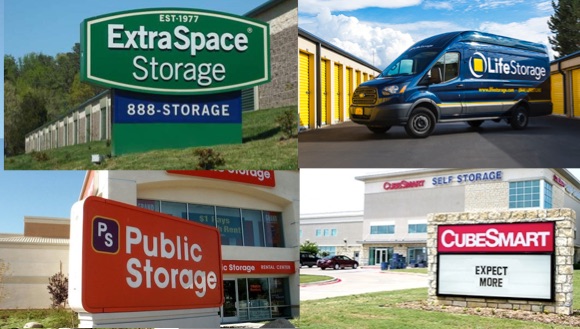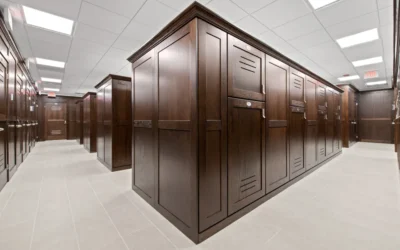There goes another year in the books for the self-storage industry.
As we say farewell to 2016, here are four of biggest self-storage stories from the last 12 months.
Development comes alive
Developers have been busy building a wave of new storage facilities in markets around the country. Construction spending on self-storage facilities is on pace to exceed $1.5 billion this year, an all-time record according to U.S. census figures (not adjusted for inflation).
The industry has seen so much construction this year that some markets, such as Austin and Dallas, have been declared oversupplied by the “Oracle of Memphis” Dean Jernigan.
Full-service holds its ground
Often dismissed as a fad, especially by public company executives during quarterly earnings calls, full-service storage companies made some serious headway in 2016.
Also called valet or on-demand storage, full-service companies upend the traditional model of the storage industry by economizing pick up and delivery of stored items.
New York-based MakeSpace scored $17.4 million in funding early last year, and LA-based Clutter topped that in April with a $20 million investment round. San Francisco-based Omni got in on the action with a $7 million investment round. Denver-based Closetbox has expanded rapidly, currently holding it down in more than 60 markets.
The year also saw a new crop of full-service companies looking to corner their local markets including Brute Box, SquirrelBox and Stow Simple
Public companies wobble
Shares of the four largest public storage operators peaked last spring, and have been trending downward since.
Faced with pressure to maintain record high occupancies and lease up newly developed facilities, the REITs have had to increase discounts and be less than aggressive on rental rates. The growth enjoyed over the last several years has stalled for the time-being, leading to a selloff among investors.
Public Storage stock has declined more than 12 percent over the last year, Extra Space Storage and CubeSmart more than 16 percent, and Life Storage more than 25 percent.

New York Mayor Bill deBlasio announcing proposed restrictions on storage development in November 2015.
Localities put their guard up
From New York City to Miami to Portland, Oregon, local planning departments are starting to put up barriers to new self-storage development citing concerns over active uses and lack of job creation.
One town near Chicago went so far as to place a moratorium on self-storage facilities. But some inside the industry see higher scrutiny over zoning as a net positive, by keeping excessive development from driving down occupancy for all operators.










